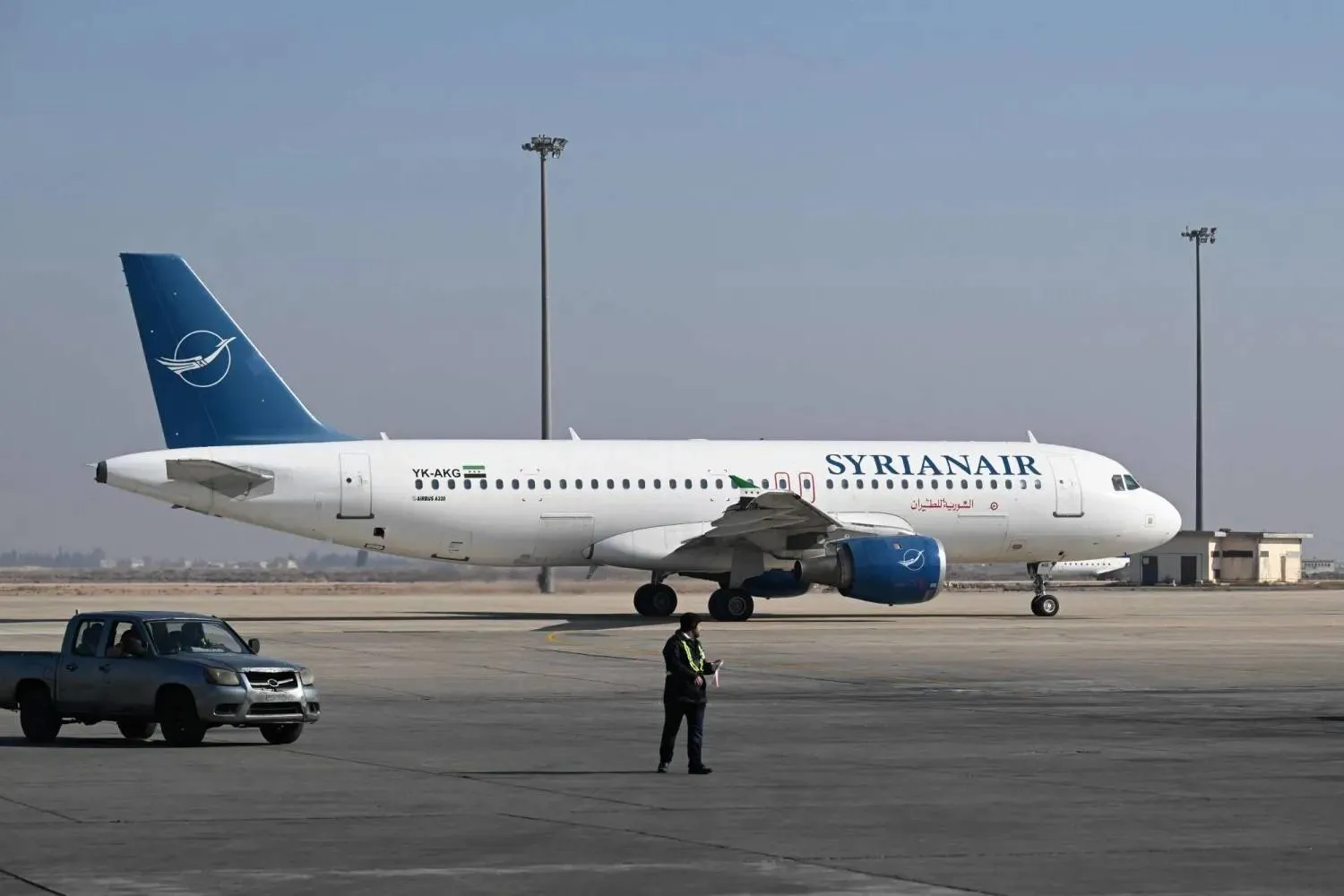The first week of the latest ceasefire between Israel and the Hamas group is complete. Hamas has begun to release hostages and Israel has freed nearly 300 Palestinian prisoners.
But the deal has hit its first major complication. Israel on Saturday said a female civilian hostage named Arbel Yahoud was supposed to be released and it has delayed the planned return of hundreds of thousands of displaced Palestinians to northern Gaza.
Here’s a look at what’s ahead in the five remaining weeks of the ceasefire's first phase.
What’s happened so far
This is the second ceasefire in 15 months of the deadliest and most destructive war between Israel and Hamas, which controls Gaza. The first occurred over a year ago and lasted a week. The current ceasefire is longer and holds the potential to end the war, though the steps toward that are vastly more challenging than what’s unfolding now. The mediators are Qatar, Egypt and the United States.
Early this week, the first three Israeli hostages held in Gaza were released and the first 90 Palestinian prisoners held by Israel were released several hours later. On Saturday, another four hostages and 200 Palestinian prisoners were released.
Meanwhile, Israeli forces have pulled back to buffer zones inside Gaza, fighting has stopped, hundreds of trucks carrying humanitarian aid have entered the territory and many Palestinians displaced by the war have been returning to what remains of their homes and communities.
What’s next
Saturday was Day 7 of the ceasefire. Starting on Day 14, next Saturday, three hostages should be released every seven days in exchange for more Palestinian prisoners.
By the end of the 42 days, all living women, children and older people held by the fighters should be freed. Eventually, bodies of hostages might be included in the releases, as Israel believes at least a third of the more than 90 captives still inside Gaza were killed in the Oct. 7, 2023 attack that triggered the war or have died in captivity.
By Sunday, Israel was meant to allow Palestinians to return to badly hit northern Gaza. But Israel now says Palestinians will not be able to cross north through the Netzarim corridor that bisects the territory east to west because Yahoud had not been freed.
The deal called for the release of civilian women on Saturday and soldiers were freed instead. It was not immediately clear why Yahoud was not released.
Hamas said it held Israel responsible for “any delay in implementing the agreement and its repercussions.”
A senior Hamas official said the group told mediators that Yahoud will be released next week. An Egyptian official involved in negotiations called the matter a “minor issue” that mediators were working to resolve. Both spoke on condition of anonymity because they were not authorized to discuss the matter publicly.
Already, hundreds of anxious Palestinians were gathering and waiting to cross into northern Gaza, which like much of the rest of the territory has been largely destroyed.
One Palestinian was shot and killed near the Netzarim corridor on Saturday, according to Al-Aqsa Martyrs Hospital in Deir al-Balah. Israel's military didn't immediately comment.
After the first six weeks
In the ceasefire’s second phase, all remaining hostages are to be released in return for a complete Israeli withdrawal from Gaza and a “sustainable calm.” Talks about Phase 2 are set to begin on Day 16, Feb. 3.
But a lot remains to be discussed. Israel has said that after the ceasefire's first phase, it will decide how to proceed.
Israel has said it won’t agree to a complete withdrawal from Gaza until Hamas’ military and political capabilities are eliminated. Hamas says it will not hand over the last hostages until Israel removes all troops from the territory.
Both sides will have to agree to a plan for governing Gaza. Hamas has said it would be willing to step aside, but it may still seek a hand in any future government, which Israel has rejected. And Hamas is unlikely to give up its weapons.
If all sides reach the third phase, it is likely to be less contentious. The bodies of remaining hostages would be returned in exchange for a three- to five-year reconstruction plan in Gaza, but who will pay for it remains unclear.







